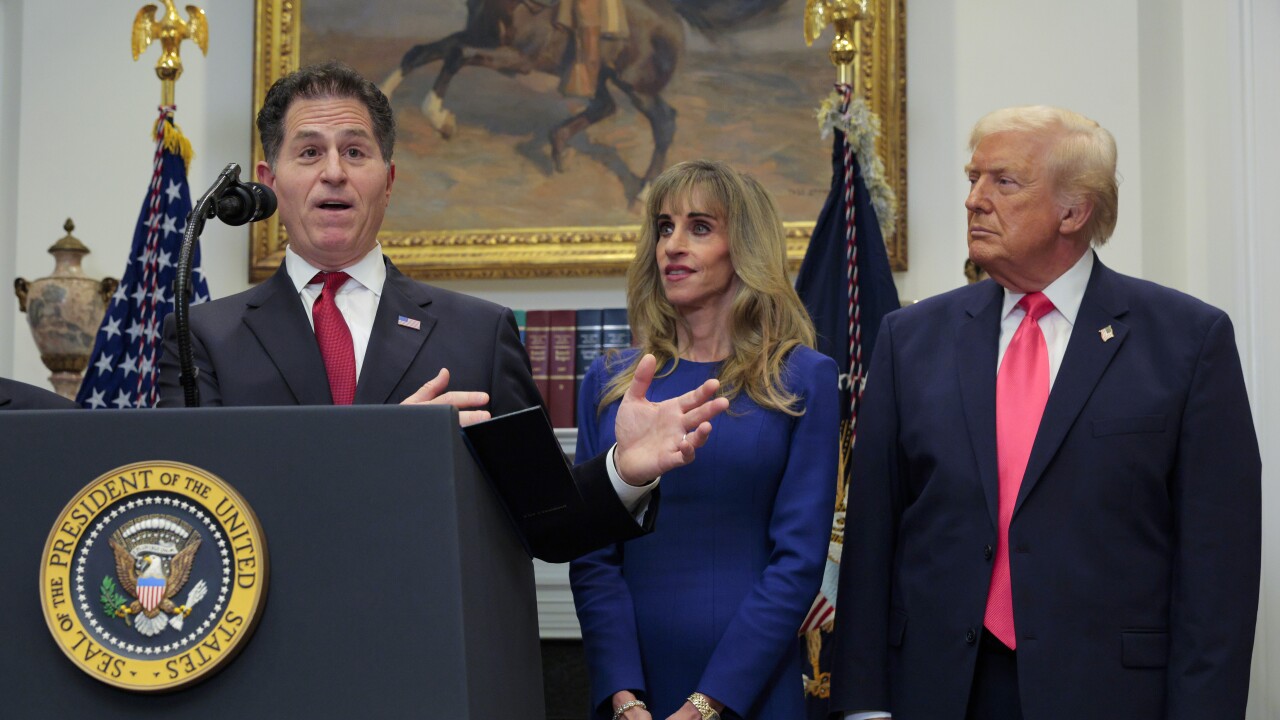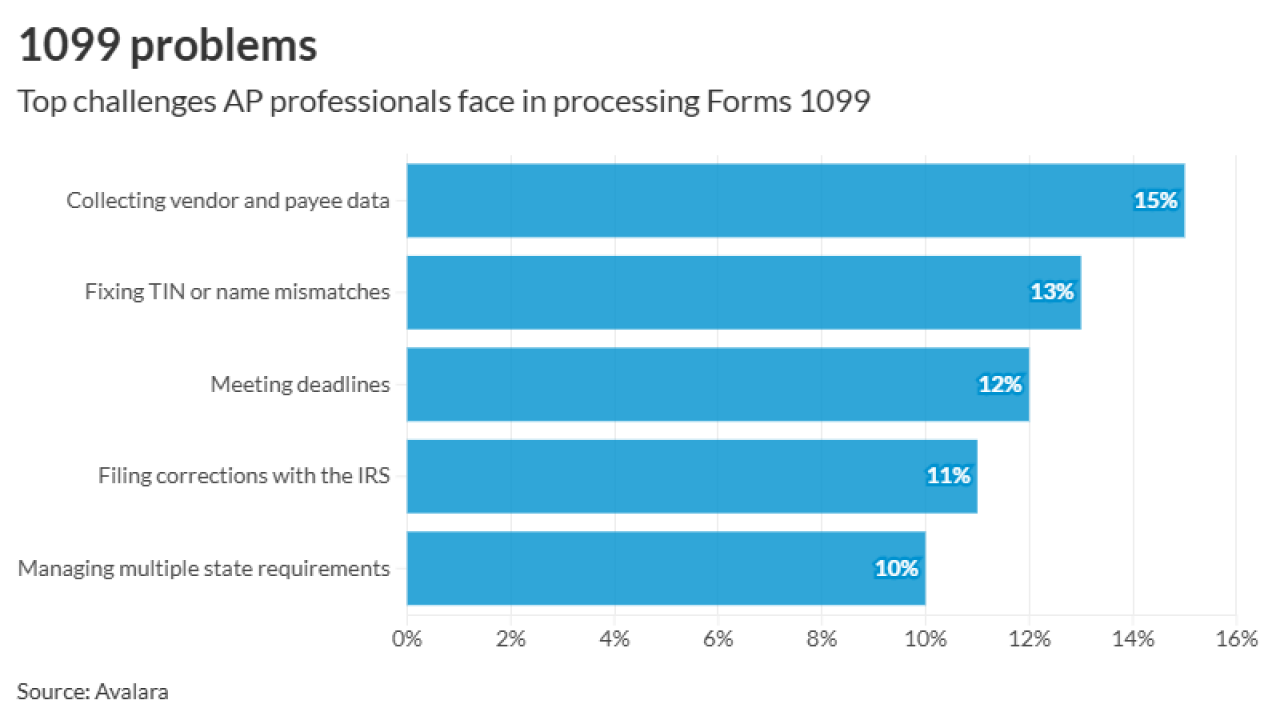The narrow requirements for qualifying for the electric vehicle tax credits under the Inflation Reduction Act are causing some consternation in the auto industry, as they only seem to apply to a limited number of models, so accountants need to advise clients carefully about new vehicle purchases.
On April 18, the final eligibility requirements on sourcing of car battery components and critical minerals for the new $7,500 federal tax credit for buying a new electric vehicle took effect (
"That was a follow-up on some IRS regulatory guidance on the manufacturers that they issued back in March with this April 18 effective date," said Bob Lickwar, a tax partner at Top 50 Firm UHY LLP. "It's interesting that it should be on the date tax returns are due. But we feared that it might have an effect that certain cars would not be qualified, and I think the fears are realized."

He visited the U.S. Department of Energy's
On the other hand, consumers can feel some sense of relief that only the automakers have to get approval from the IRS, rather than the individual taxpayer. The website shows which vehicles qualified if they were placed in service before or after the April 18 date.
The legislation was aimed at incentivizing more manufacturing in the U.S., so the components mostly have to come from the U.S., or from close allies with which it has free trade agreements. The content rules from the Treasury on the critical minerals and batteries used in the vehicles have prompted a clash with Sen. Joe Manchin, D-West Virginia, who negotiated the IRA last year with President Biden and other members of the administration. He considers the Treasury's interpretation to be overly broad (
"If you look at the stated goal of the legislation, it's obviously to push more toward electric vehicles," said Lickwar. "I understand why they put the final assembly in North America requirements in there. The reality is that we need to get these minerals from our trading partners, and beginning in 2024, some are no longer going to be on the favored list, 'foreign entities of concern' is what they call them. It seems that it's working against itself, as somebody looking in from the outside, because of the stringent requirements of the regulations. But they do want to meet that final assembly in North America — Mexico, Canada and the United States —requirements and I think that's the only way they had to implement that."
The legislation aims to open up the supply chain to incentivize more production in the U.S., but automakers still need to rely on other countries for now to mine some of the minerals and other components.
"Certainly there are a lot of places that we can get the materials from," said Lickwar.
The list of the countries where the materials can be sourced, according to the
"The real issue is do those countries have the ability to mine that material," said Lickwar. "Secondly, if they cannot, do we have the capability to recycle? I don't know that we're quite there yet. I'm not a scientist. But will those countries be willing to mine those materials? It's always a matter of negotiation."
Accountants can offer some advice to their clients in the meantime, for example, on limitations on adjusted gross income, although there may be some confusion that the Treasury and the IRS still need to clear up on their
"If you make more than $300,000, and file a joint return, technically, you're not eligible for the credit," said Lickwar. "I read that to say if your AGI was more than $300,000 in the year of purchase or in the year before, in either of the years, you are disqualified. That's not the way the IRS Q&A seemed to read. They seem to say that if your AGI is below the limitation, in one of the two years, you can use the lower and claim the credit. What we're advising clients is to be cognizant of the AGI limitations because they are there. There are MSRP requirements with respect to these vehicles — $80,000 for trucks and $55,000 for vehicles. There are obviously lists being revised constantly. You have to make sure that based on the delivery date, which set of rules are going to apply to you."
Tax professionals and clients should consult
"You're going to have to work with the dealer to make sure the car qualifies," said Lickwar. "A few clients of mine last year bought some cars that they thought were credit eligible. They never made the phone call. We put information out to them, but they didn't ask the question. And then unfortunately, they got tangled in what has turned out to be a very complex area."





